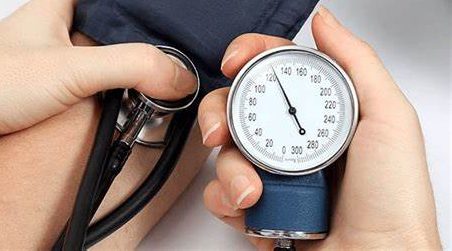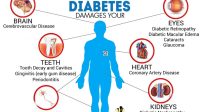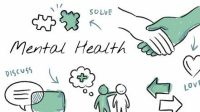Imagine your heart as a powerful engine, relentlessly pumping life-giving blood throughout your body. But what if there were silent threats lurking in the shadows, waiting to disrupt this vital system? High blood pressure, cholesterol, and stroke are these very threats – ticking time bombs that can have devastating consequences if left unchecked.
This article is your guide to dismantling these bombs. We’ll delve into how each one works, how they’re connected, and most importantly, what you can do to protect your heart and keep it running smoothly.
The Mighty Engine: Your Heart and Why It Matters
Your heart is a remarkable organ, tirelessly working 24/7 to deliver oxygen and nutrients to every corner of your body. To achieve this feat, it pumps blood through a network of vessels – arteries and veins. Blood pressure refers to the force exerted by this blood against the artery walls as it’s pushed by the heart.
The Silent Threat: High Blood Pressure
High blood pressure, also known as hypertension, is often dubbed the “silent killer” because it rarely presents any noticeable symptoms. It’s like a slow leak in a tire – you might not realize there’s a problem until it’s too late.
What is Blood Pressure?
Think of blood pressure as having two parts, like a two-person team working together.
- Systolic pressure: This is the top number, representing the pressure created when your heart contracts and pushes blood out. Imagine it as the team forcefully pushing a heavy object.
- Diastolic pressure: This is the bottom number, indicating the pressure between heartbeats when your heart relaxes and refills with blood. Think of it as the team taking a short break before pushing again.
A healthy blood pressure reading is typically considered to be less than 120/80 mmHg (millimeters of mercury). As the numbers climb, so does your risk of developing serious health problems.
When Does Blood Pressure Become a Problem?
According to the American Heart Association, high blood pressure is categorized as:
- Normal: Less than 120/80 mmHg
- Elevated: 120-129/80 mmHg (may require lifestyle changes)
- Stage 1 hypertension: 130-139/80-89 mmHg (requires medical evaluation and possibly medication)
- Stage 2 hypertension: 140/90 mmHg or higher (requires prompt treatment)
Remember, these are just guidelines. Your doctor will consider your individual health history and risk factors when determining if and how to manage your blood pressure.
The Devious Duo: Systolic and Diastolic Pressure
Both systolic and diastolic pressure are important, but sometimes one can be higher than the other. Here’s a breakdown:
- High systolic pressure: This is more common in younger people and can be a sign of a stiffening of the arteries.
- High diastolic pressure: This is more common in older adults and can indicate problems with the heart’s ability to relax properly.
Regardless of which number is higher, any consistently elevated blood pressure reading warrants a visit to your doctor.
Feeling the Squeeze: Symptoms of High Blood Pressure
As mentioned earlier, high blood pressure often doesn’t cause any noticeable symptoms. However, in some cases, it can manifest through:
- Headaches
- Dizziness
- Shortness of breath
- Nosebleeds
- Changes in vision
If you experience any of these symptoms, it’s crucial to seek medical attention immediately to rule out high blood pressure or other underlying conditions.
Stay tuned for the next section where we’ll explore the two sides of the cholesterol coin and how it impacts your heart health!







